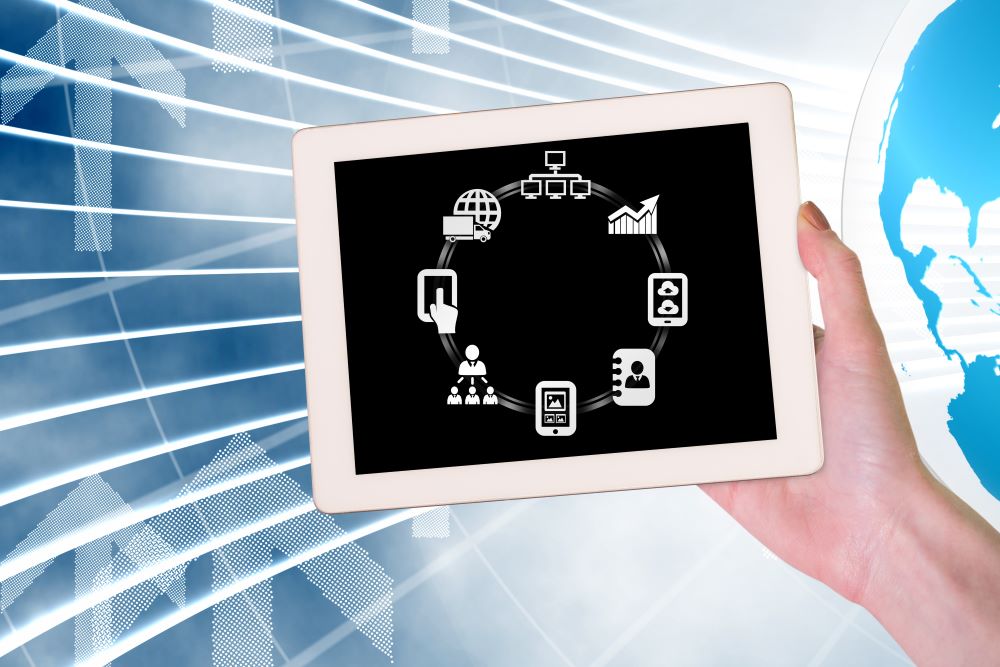Facility asset management software is a crucial tool for organizations to maintain, track, and manage their physical assets efficiently. From equipment and machinery to buildings and infrastructure, these software solutions provide a centralized platform for asset information, work orders, and maintenance schedules. However, not all software solutions are created equal. Here are the ten essential features that your facility asset management software should have to ensure seamless operations and optimal asset performance:
Intuitive User Interface
The user interface of your asset management software should be intuitive and easy to navigate. Users should be able to quickly find the information they need and perform tasks without unnecessary complications. An intuitive user interface can help reduce training time and increase user adoption. Look for features such as drag-and-drop functionality, customizable layouts, and intuitive navigation menus.
Mobile Access
In today's fast-paced world, it's essential to have access to your asset management software on the go. Mobile access allows users to access critical information and perform tasks from anywhere, ensuring that work can continue even when employees are away from their desks. Look for a solution that offers a mobile app or a mobile-friendly web interface with features such as offline access, push notifications, and responsive design for various devices.
Customizable Dashboards
Customizable dashboards allow users to tailor their views to their specific needs. This can include important KPIs, upcoming maintenance tasks, and other relevant information. Customizable dashboards help users stay organized and focused on what matters most. Go for a solution that offers drag-and-drop dashboard creation, customizable widgets, and the ability to create multiple dashboards for different user roles.
Asset Tracking
Asset tracking is a fundamental feature of any asset management software. It allows users to track the location, condition, and usage history of assets. Choose a solution that offers robust asset tracking capabilities, including barcode scanning, RFID, or GPS tracking. Additionally, consider features such as asset hierarchies, asset history tracking, and the ability to attach documents and images to assets.
Preventive Maintenance
Preventive maintenance is critical for keeping assets in optimal condition and avoiding costly downtime. Your asset management software should allow you to schedule and track preventive maintenance tasks, set up automated reminders, and generate maintenance reports. Select a solution that has features such as customizable maintenance schedules, automated work order generation, and the ability to track maintenance costs and history.
Work Order Management
Work order management streamlines the process of assigning, tracking, and completing work orders. Choose a solution that allows you to create and assign work orders, track their progress, and generate reports on work order history. Additional features to consider include the ability to prioritize work orders, track labor and material costs, and integrate with scheduling and inventory management systems.
Integration with Other Systems
Your asset management software should integrate seamlessly with other systems, such as your ERP, CMMS, or accounting software. This allows for easy data sharing and reduces the need for manual data entry. Consider a solution that offers pre-built integrations with popular software systems or supports open APIs for custom integrations.
Reporting and Analytics
Reporting and analytics provide valuable insights into asset performance, maintenance costs, and other key metrics. Look for a solution that offers customizable reports and analytics tools, allowing you to gain actionable insights into your facility's operations. Features to consider include ad-hoc reporting, trend analysis, and the ability to create dashboards with real-time data.
Vendor Management
Vendor management allows you to track and manage relationships with your suppliers and service providers. Select a solution that allows you to store vendor information, track vendor performance, and generate reports on vendor activity. Look for features such as vendor scorecards, contract management, and the ability to track vendor compliance and certifications.
Scalability
Your asset management software should be scalable to accommodate your organization's growth. Choose a solution that can scale with your business, whether you're adding new assets, users, or locations. Look for features such as multi-site support, role-based access control, and the ability to handle large volumes of data. Additionally, consider the vendor's track record of supporting growing organizations and their commitment to product development and innovation.
The TMA Systems’ Advantage
TMA Systems has solidified its position as a premier provider of advanced Computerized Maintenance Management Systems (CMMS) and Enterprise Asset Management (EAM) solutions for over three decades. Their offerings consistently exceed the diverse facility maintenance needs across sectors such as education, healthcare, corporate, government, life sciences, food and beverage, chemicals, energy, transportation, manufacturing, and retail. With a global footprint encompassing more than 1,650 clients, 100,000 facilities, and 430,000 users, TMA Systems is the trusted choice for facility professionals worldwide. Their unparalleled services boast a CSAT rating higher than 99%, making WebTMA the preferred solution for facility management. As an industry leader, they redefine excellence in facility maintenance management across sectors. You can visit www.tmasystems.com to learn how they can assist you.





Comments